Traffic Attribution Model Selection | Mobio Group
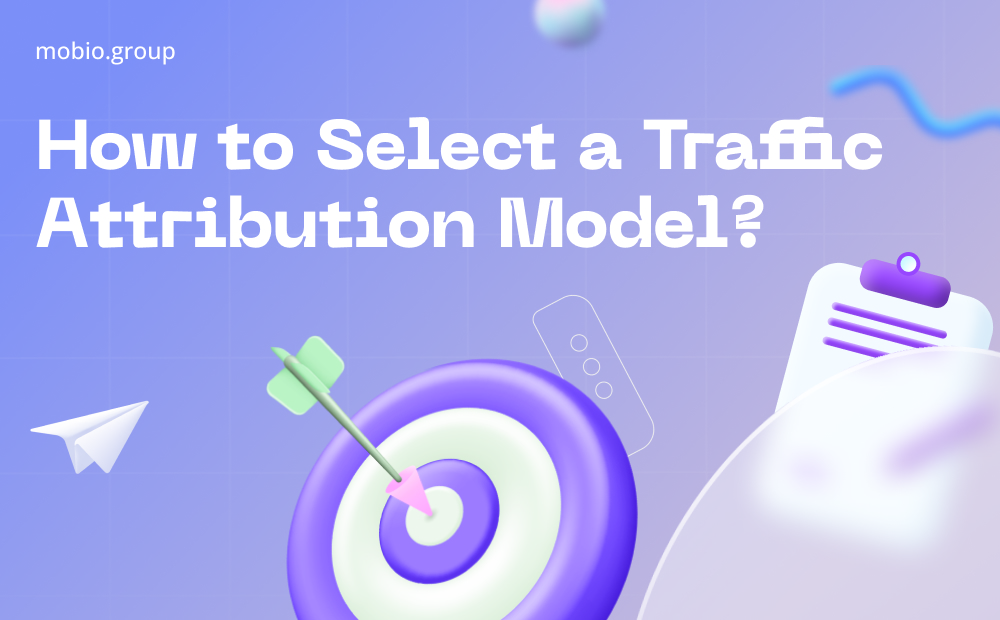
We have already described what traffic attribution is, how the tracking process works, and described the main attribution models. But in practice, a number of questions arise when choosing an attribution model:
- In what cases does this specific model apply?
- What to do if the chosen model is not working well and when it should be changed?
- Why use multiple models at the same time?
Mobio Group team will answer all these questions in today’s article.
Why it is Important to Choose the Right Attribution Model?
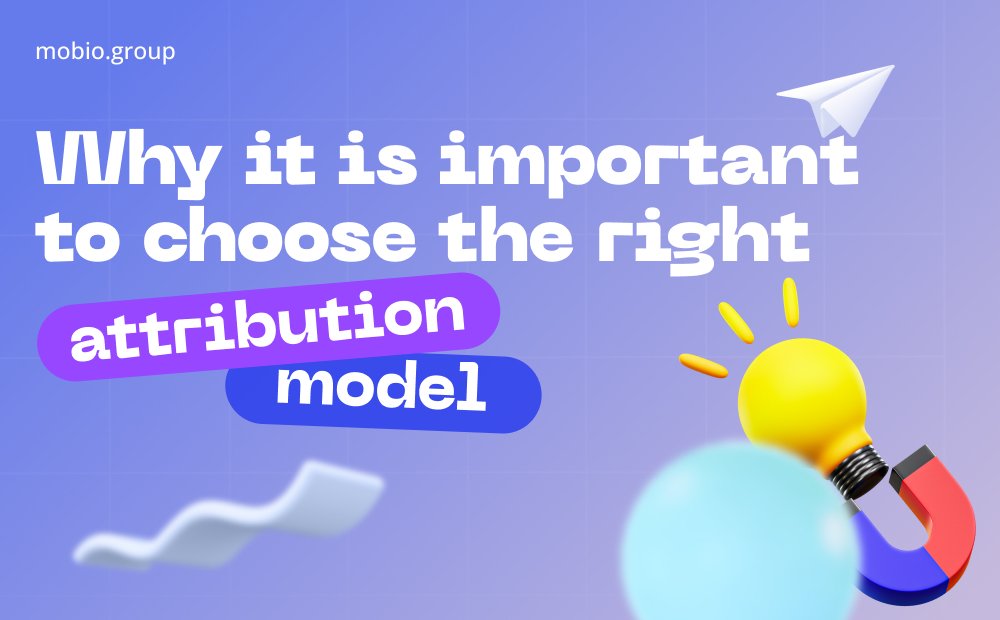
When running any advertising campaign, the goal is always to achieve the aims of the campaign as much as possible with the most efficient use of the budget. For this purpose, reports on advertising campaigns are constantly analyzed and adjustments are made based on this analysis: which channels or campaigns can be scaled, which ones are better left untouched, and which ones should be deactivated.
The traffic attribution model defines the principles by which the contribution of each advertising channel to user acquisition is evaluated, and if it is chosen incorrectly, the reports will display distorted information. As a consequence, some channels will be overestimated and some will be underestimated. All of this leads to erroneous decisions: scaling up unproductive channels and disabling successful ones, which means that the effectiveness of advertising campaigns is reduced and money is lost.
What Influences the Choice of an Attribution Model?
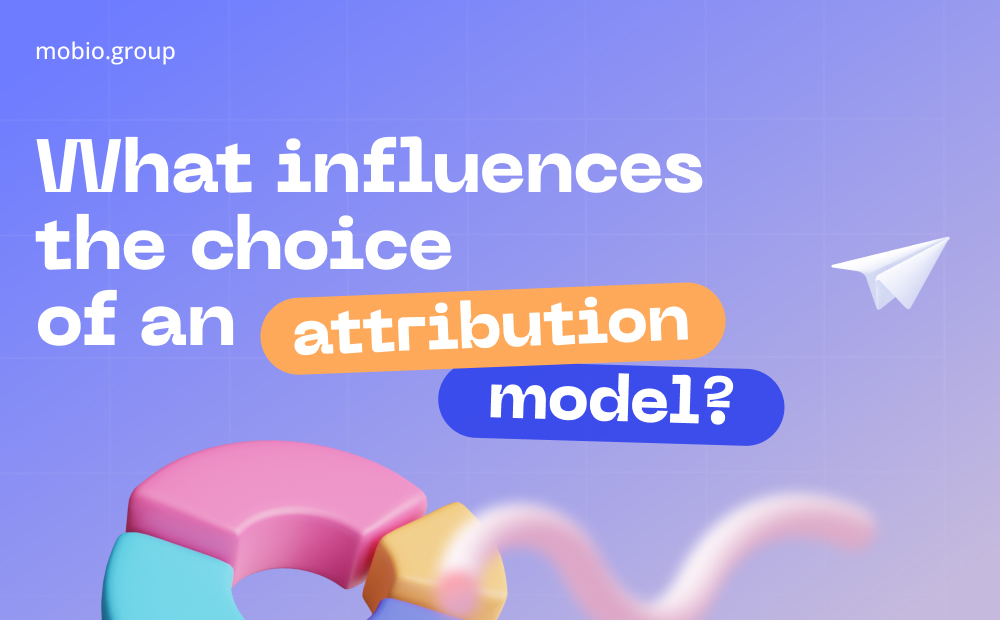
Before moving on to specific recommendations, it is worth considering what factors primarily influence the choice of an attribution model.
• Transaction Cycle
How long it takes a user to make a decision to purchase or install an app determines which attribution model is worth applying.
A short transaction cycle implies that a customer makes a purchase or installation immediately after seeing an advertisement. Most often these are inexpensive products, simple games and apps. In this case, it is best to use last-click attribution.
A long transaction cycle is characteristic of expensive purchases: large appliances, cars, real estate, paid apps or subscriptions. To induce a user to buy, different advertising channels are usually used. It is necessary to take into account all user interactions before the transaction and evaluate the impact of each channel. Multisensory attribution models are more suitable for this.
• Number of advertising channels
If one or two advertising channels are used, their effectiveness is fairly easy to track. If the number of advertising channels increases, more sophisticated attribution models should be used.
• Purpose of the advertising campaign
Building brand knowledge, selling products, returning users to the application – different goals of advertising campaigns require the use of different traffic attribution models, because the correctness of optimization settings depends on the chosen model. For example, to increase brand awareness, attribution on the first click is set up.
• Features of advertising channels
Some advertising channels are focused on ads that contain a clear call to action: making a purchase, installing an application. In others, native advertising works better, organically embedded in the content and describing the value of the product or brand (e.g., TikTok). Accordingly, they have a different impact on users and should be tracked using different attribution models.
Basic Models: Who They are Best Suited for, Advantages and Disadvantages
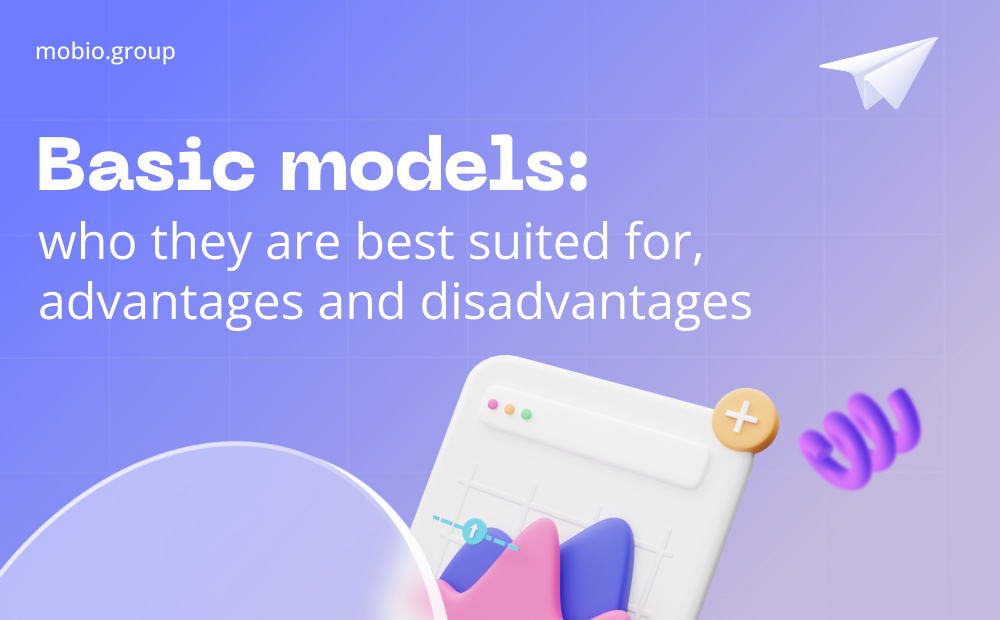
• Last click attribution
All value is assigned to the last traffic source the user interacted with before installing the app.
Who it’s suitable for. Worth using if the goal of the ad is conversion. Good for events that are decided on quickly. And also in cases where the product or brand is familiar to the user.
Disadvantages. Underestimates the impact of other traffic sources on the user journey, so is poorly suited for ad campaigns with a complex sales funnel and multiple ad channels.
• First click attribution
Only the first interaction with an ad is taken into account.
Suitable for whom. It is used when the goal of an advertising campaign is to increase brand awareness or application popularity. Gives an understanding of which channel leads more users who subsequently make a target action.
Disadvantages. Like the previous model, does not take into account the influence of other traffic sources on the user’s decision to buy/install. Should not be used in case of a long transaction cycle and a large number of advertising channels.
• Linear model
All channels in the chain of interactions are assigned the same value.
Suitable for whom. Applies to products with a long sales cycle, where every touch of the user with the product is important. Helps to track all advertising channels involved in the transaction.
Disadvantages. Does not allow you to assess what role each channel plays in the user’s decision making and at which stage of the sales funnel it works best.
• Position-based attribution
The first and last touchpoints receive 40% of the value each, the remaining 20% is distributed evenly among the others.
Suitable for whom. The most comprehensive model for multichannel advertising campaigns. Assumes that the first channel, which introduced the brand or product, and the last channel, which led to conversion, have the most value.
Disadvantages. Does not allow for an objective assessment of the impact of intermediate channels, as a result of which some of them may be significantly underestimated.
• Time Decay attribution
The closer an ad interaction is to conversion, the more value it receives.
Suitable for whom. Takes into account all user interactions. Helps you understand which channels are more likely to lead to conversions.
Disadvantages. Channels that are at the top of the funnel will always be undervalued.
• Data-Driven Attribution
The most advanced and flexible attribution model. Using special algorithms, the effectiveness of each advertising channel and its impact on conversion is evaluated.
Suitable for whom. Due to the ability to customize algorithms, the model can be used by all types of businesses with any transaction cycle and advertising campaign goals.
Disadvantages. A large volume of accumulated data is required to customize this attribution model.
Using Several Attribution Models
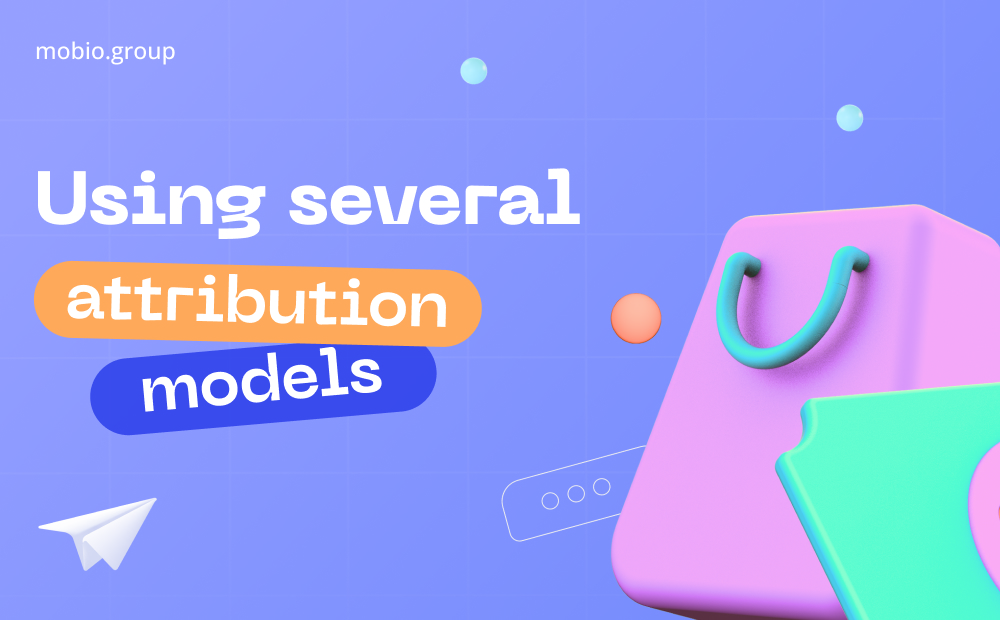
In campaigns with long transaction cycles, multiple traffic sources and complex sales funnels, using a single attribution model, no matter how carefully selected, can rarely reflect an objective picture of what is happening. As a result, reports on the advertising campaign will contain unreliable data, and the decisions made on their basis will be erroneous.
The use of several attribution models allows you to consider the situation from different angles, to find out where the influence of channels is incorrectly assessed, thereby leveling the disadvantages of specific attribution models, to get more complete data and to carry out competent optimization of the advertising campaign.
In addition, the use of multiple attribution models provides insight into how advertising channels influence each other and what combinations of channels work well.
When you Should Change your Attribution Model?
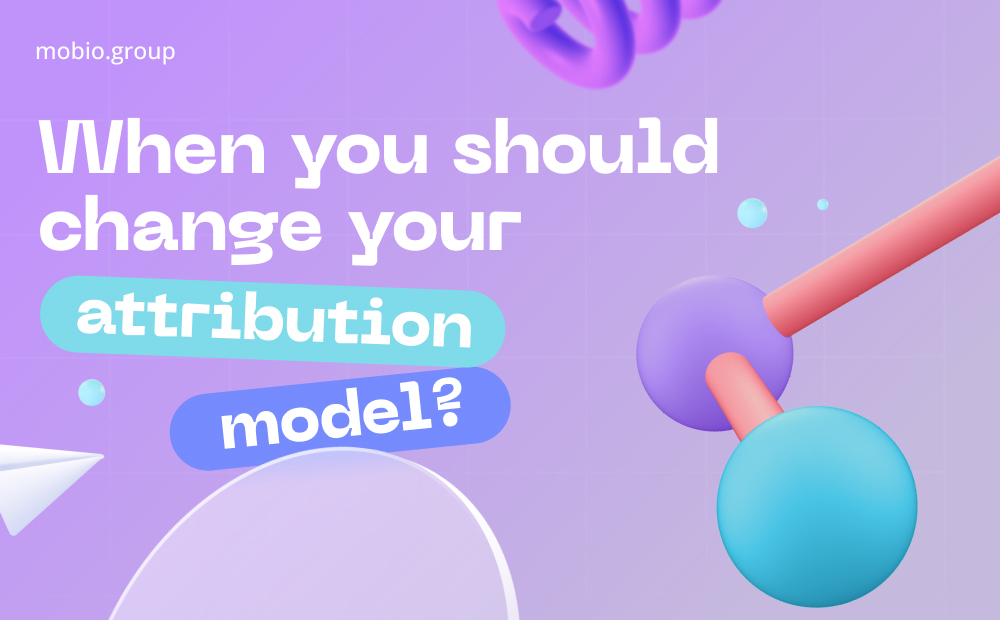
You should not think that once you have selected a suitable attribution model, you can never return to this issue again. The product, the goals of the advertising campaign, the number and combination of channels, user behavior, and other internal and external factors change, and the model you chose, which used to work well, begins to distort reality.
How do you realize that it’s time to change the attribution model?
- Any of the parameters that influence the choice of attribution model has changed.
- The difference between actual revenue and total revenue attributed to different traffic sources (Overlap) is greater than 15%. The Overlap effect appears when attributing sales to several advertising channels at once and is related to the incrementality problem (read more about this problem in one of our next articles).
- Anomalies in the number of organic users. Strong unwarranted organic growth may mean that not all users are attributed to their traffic sources.
- Data-driven optimization leads to poorer channel performance.
- Changes in the external environment and user behavior.
It’s important to realize that no model can absolutely describe the path of every user. And in fact, it doesn’t need to — we don’t need to track every path, we need to see the roads the bulk of them take.
To find the attribution model (or a combination of multiple models) that best fits your business, you need to try different models, observe, analyze, and experiment. Over time, you come to understand the basic patterns and relationships, and then the process of selecting the best model is faster and more efficient.
Mobio Group specialists have repeatedly traveled this path with different products and complex sales funnels, know the features of each attribution model and can quickly select the solution that will most accurately describe reality and maximize the effect of advertising campaigns.


